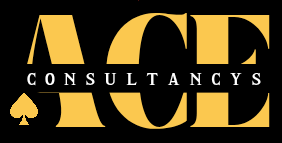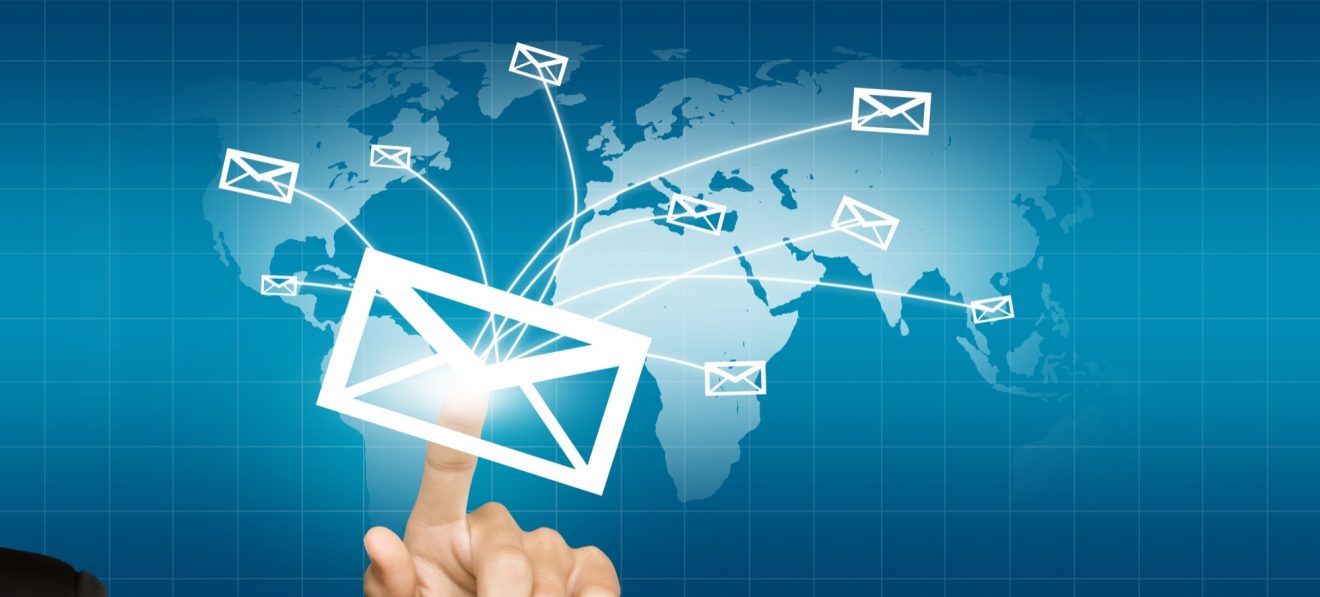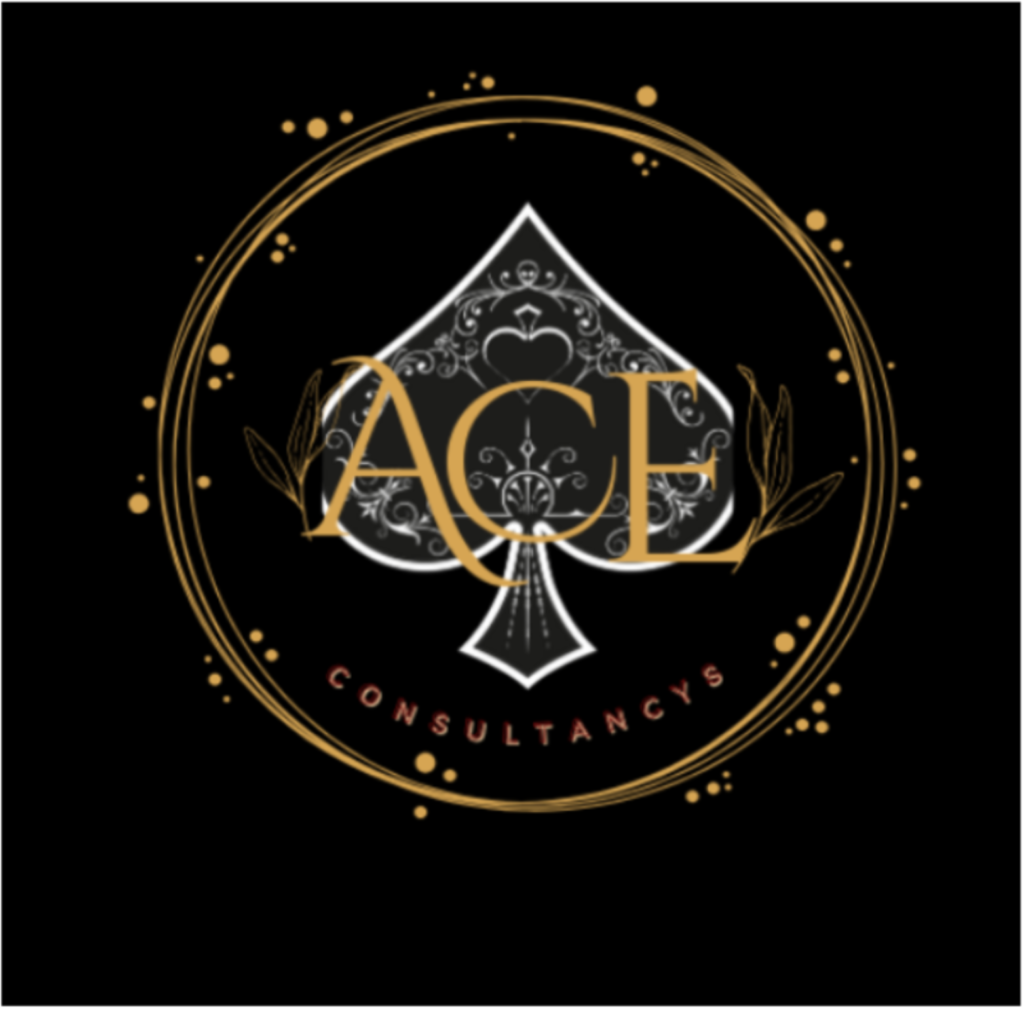Introduction
In today’s digital-first business landscape, effective outreach strategies are essential for generating quality leads and driving conversions. When it comes to B2B prospecting, two channels consistently dominate the conversation: LinkedIn outreach and email marketing. Both LinkedIn and email outreach offer unique advantages for connecting with potential clients, but determining which one works better requires a deeper understanding of their respective strengths, limitations, and ideal use cases. This article examines the effectiveness of LinkedIn vs. email outreach based on recent research, performance metrics, and expert insights to help you optimize your outreach strategy.
The Current State of B2B Outreach
Before diving into the comparative analysis of LinkedIn vs. email outreach, it’s important to understand the current state of B2B prospecting. According to recent data, 61% of B2B marketers consider lead generation their biggest challenge, highlighting the critical importance of effective outreach strategies (HubSpot, 2023). In this competitive environment, choosing the right channel can significantly impact your conversion rates and overall marketing ROI.
LinkedIn has established itself as the premier professional networking platform with over 950 million members across 200 countries, including approximately 65 million decision-makers (LinkedIn, 2024). This massive professional audience makes LinkedIn a natural choice for B2B outreach.
Key Advantages of LinkedIn Outreach
Professional Context and Targeting Precision
LinkedIn outreach takes place in a professional environment where people are already in a business mindset. The platform’s advanced filtering capabilities allow for precise targeting based on industry, job title, company size, and other professional attributes. This targeting precision means your outreach efforts reach the most relevant prospects.
Relationship Building and Social Proof
A significant advantage of LinkedIn vs. email outreach is the ability to leverage social proof and mutual connections. Research shows that prospects are 5 times more likely to engage with content when it comes through a mutual connection (LinkedIn Sales Solutions, 2023). The platform’s ecosystem encourages relationship building through commenting, sharing content, and participating in industry groups before direct outreach occurs.
Visibility and Content Amplification
LinkedIn’s algorithm favors engagement, meaning well-crafted posts and articles can reach a significantly wider audience beyond your immediate network. According to LinkedIn’s own data, content shared by employees receives 2x higher engagement than when shared by company pages alone (LinkedIn Marketing Solutions, 2024).
Key Advantages of Email Outreach
Direct and Personal Communication
Email outreach enables one-to-one communication that lands directly in your prospect’s inbox. When comparing LinkedIn vs. email outreach, email offers more privacy and personalization options. Personalized emails deliver 6 times higher transaction rates, yet 70% of brands fail to use them (Campaign Monitor, 2023).
Measurable Performance and Automation
Email marketing platforms provide comprehensive analytics on open rates, click-through rates, and conversion metrics. The average open rate for B2B email campaigns is 21.5%, while the average click-through rate is 2.7% (Mailchimp, 2024). These metrics allow for continuous optimization and testing of different approaches.
Cost-Effectiveness and Scalability
Email outreach typically delivers a higher ROI compared to other marketing channels. For every $1 spent on email marketing, businesses can expect an average return of $36 (Litmus, 2023). Email campaigns can also be automated and scaled more efficiently than manual LinkedIn outreach efforts.
LinkedIn vs. Email Outreach: Comparative Analysis
When evaluating LinkedIn vs. email outreach, several factors determine which channel might work better for your specific business needs:
Response Rates and Engagement
LinkedIn outreach generally shows higher response rates for initial connections, with an average acceptance rate of 35% for personalized connection requests (Sales Navigator, 2023). However, email outreach tends to perform better for nurturing established relationships, with segmented email campaigns showing 14.31% higher open rates than non-segmented campaigns (MailChimp, 2024).
Decision-Maker Accessibility
LinkedIn provides better access to senior-level decision-makers, with 61% of C-suite executives reporting that they are more receptive to product/service information through LinkedIn than email (LinkedIn Business, 2024). However, email remains the preferred communication channel for follow-up conversations and detailed discussions.
Integration with Sales Processes
Both LinkedIn and email outreach can be integrated with CRM systems, but email often offers more seamless automation capabilities. This integration is crucial considering that companies with aligned sales and marketing teams experience 38% higher sales win rates (MarketingProfs, 2023).
Strategic Integration: The Optimal Approach
The most effective B2B prospecting strategies don’t treat LinkedIn vs. email outreach as an either/or proposition but rather as complementary channels within an integrated approach. Research shows that multi-channel marketing strategies deliver 3-4 times higher effectiveness rates than single-channel approaches (McKinsey, 2023).
A strategic integration might involve:
- Using LinkedIn for initial research and warm connection building
- Following up with personalized email outreach
- Nurturing leads through a combination of thoughtful LinkedIn engagement and targeted email sequences
- Tracking cross-channel metrics to optimize the overall strategy
Conclusion
When evaluating LinkedIn vs. email outreach for your B2B prospecting efforts, the “better” channel ultimately depends on your specific business goals, target audience, and available resources. LinkedIn excels at professional relationship building and targeted networking, particularly for reaching decision-makers in larger organizations. Email outreach offers superior scalability, detailed analytics, and often delivers higher ROI for nurturing relationships and driving conversions.
For most B2B organizations, the most effective approach is not choosing between LinkedIn vs. email outreach but strategically integrating both channels to leverage their respective strengths at different stages of the customer journey. By measuring performance metrics across both channels and continuously optimizing your approach, you can develop a powerful outreach strategy that maximizes engagement and conversion rates.
We’d love to hear about your experiences with LinkedIn vs. email outreach. What strategies have worked best for your business? Please share your thoughts in the comments below and consider sharing this article with your network if you found it valuable!
FAQ
Q1: Which has higher response rates – LinkedIn messages or cold emails?
A: LinkedIn messages typically have higher initial response rates (15-25%) compared to cold emails (1-5%), primarily because LinkedIn provides social context and professional relevance. However, response rates vary significantly based on personalization quality and targeting precision.
Q2: Is LinkedIn or email better for reaching C-suite executives?
A: LinkedIn is generally better for initial C-suite connections, as 63% of executives check LinkedIn daily. However, email is preferred for detailed follow-ups once a relationship is established.
Q3: Which platform offers better analytics for tracking outreach effectiveness?
A: Email platforms typically provide more comprehensive analytics (open rates, click-through rates, conversion tracking) compared to LinkedIn’s more limited metrics.
Q4: Should I use LinkedIn InMail or connection requests for outreach?
A: Connection requests with personalized notes generally perform better than InMail for cold outreach, with 87% higher acceptance rates when the note references specific shared interests or connections.
Read More : https://aceconsultancys.com/crm-features-for-small-businesses/










